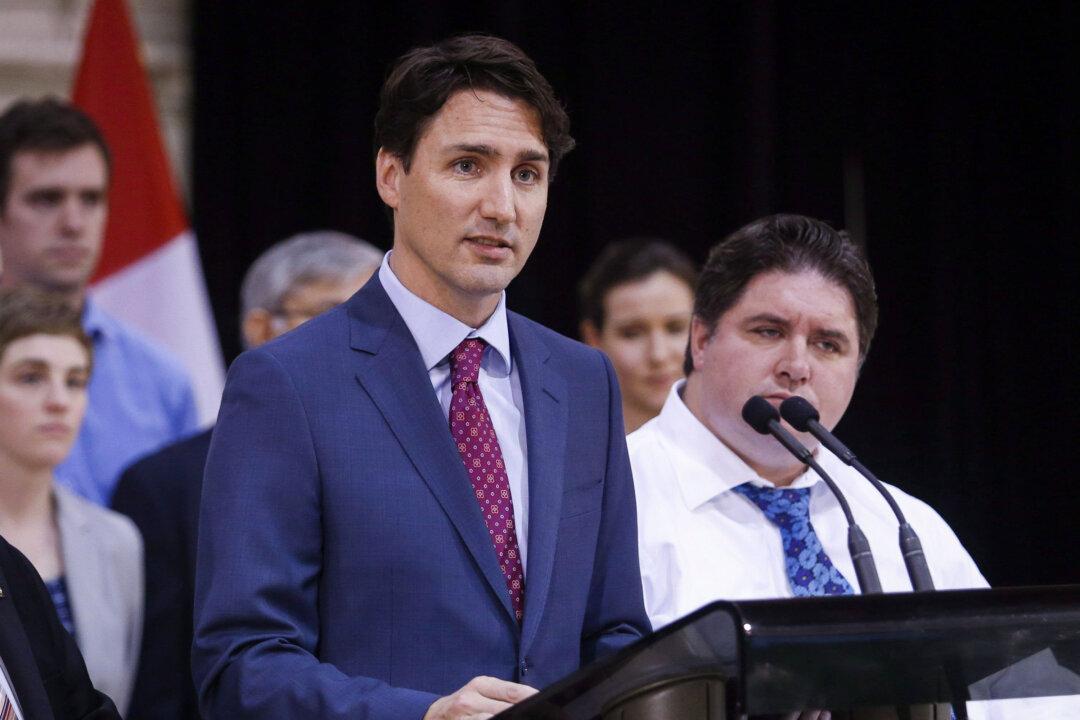CALGARY—Prime Minister Justin Trudeau says the government will monitor changes it has made to employment insurance to make sure they’re having a positive effect. He says that means keeping tabs on statistics, job markets, and how families are managing.
Trudeau said previous governments were keen to announce programs, but not so good at following up to make sure they were having the desired effect.
Speaking after an EI roundtable in Calgary on March 29, Trudeau wouldn’t specifically commit to further changes to employment insurance. But he did say the government is always considering ways “to improve or increase that impact if necessary.”
“Looking at how the job market is evolving, looking at how investments are arriving, looking at how families are doing is part and parcel of what any government needs to do on an ongoing basis if we want to be serving the citizens that we were elected to represent,” Trudeau said.





